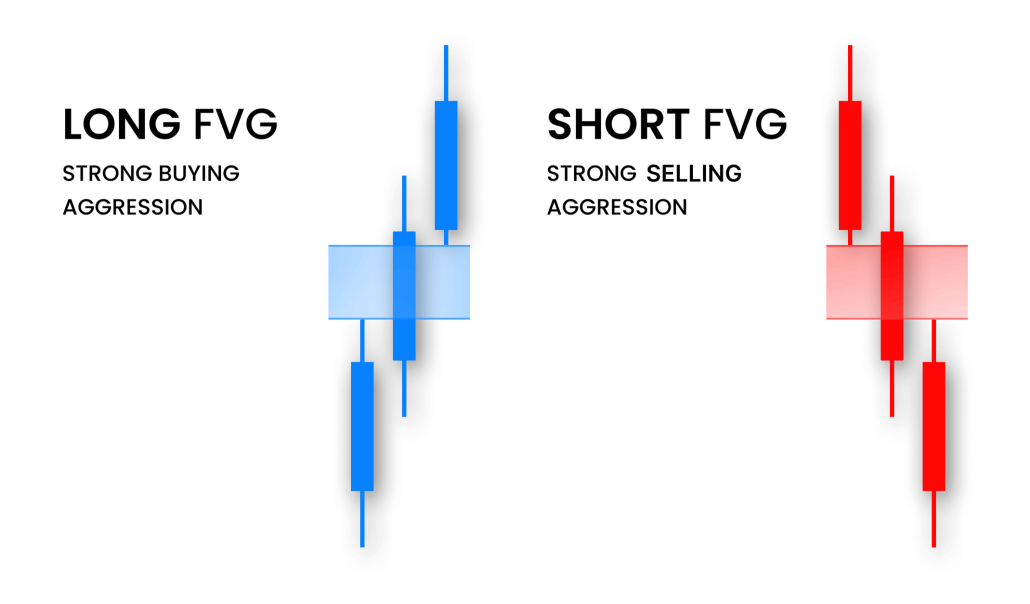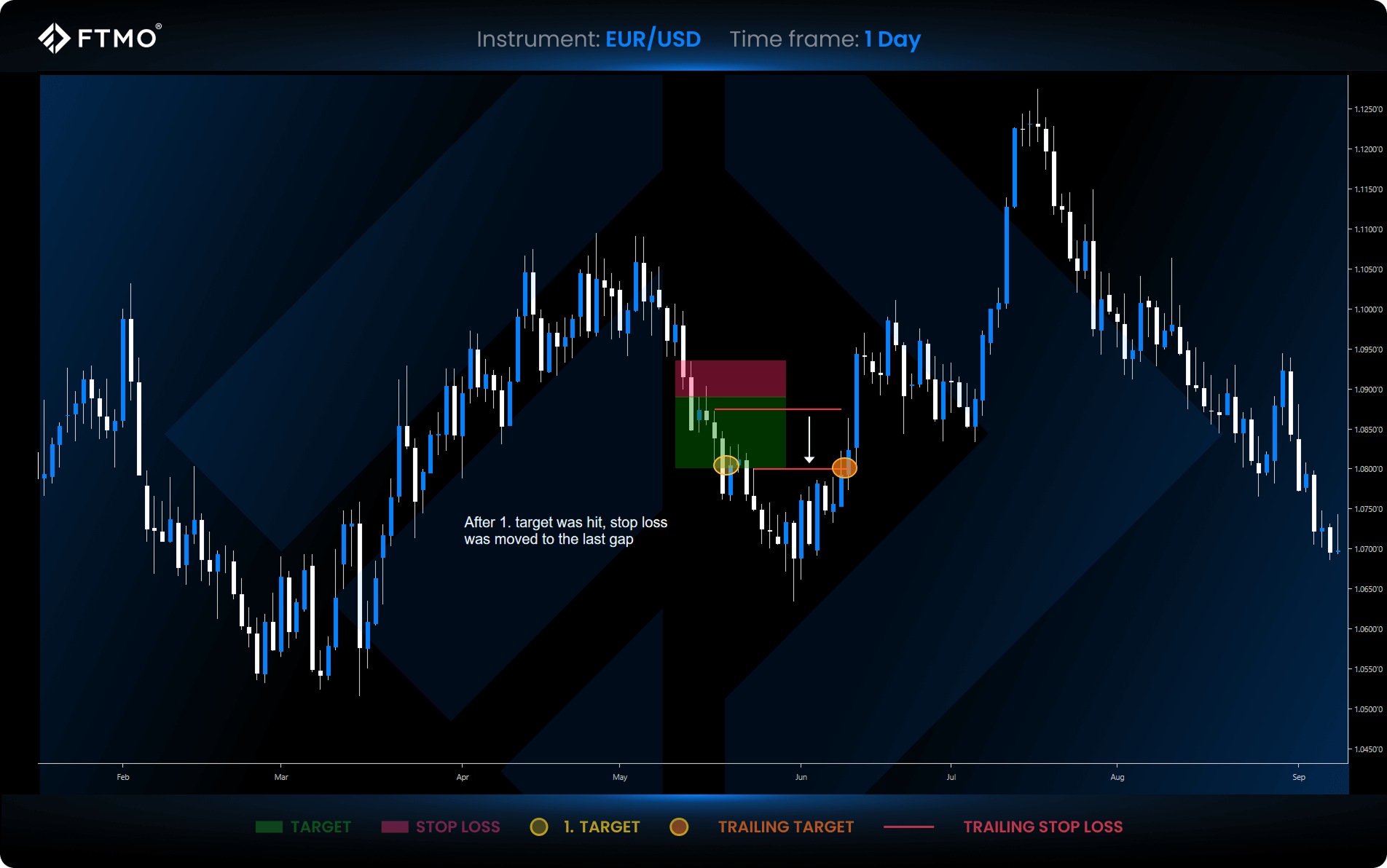
Boost Your Trading Edge with the Fair Value Gap Strategy
Have you ever noticed sudden price movements in the market and wondered how to take advantage of them? The Fair Value Gap (FVG) strategy is a powerful price action method that helps traders spot aggressive market moves.
What is the Fair Value Gap strategy?
A Fair Value Gap refers to a price gap created by aggressive buying or selling pressure. These imbalances indicate strong institutional activity, providing traders with high-probability trade setups. It is also known as an imbalance, Price Value Gap, or 123 gap.
When is an FVG formed?
FVGs typically occur during periods of high market volatility, often triggered by:
• Key economic reports: interest rate changes, GDP reports, and inflation data (CPI).
• Geopolitical events: war, natural disasters, and major political shifts.
• Large institutional orders: heavy buying or selling by banks, hedge funds, or major investors.
When these factors cause sharp price movements, a gap is created between candles, offering a potential trading opportunity.
How to trade using the FVG strategy
The Fair Value Gap strategy is a price action method that works well in both trending and range-bound markets. Unlike indicator-based strategies, it relies solely on price action, making it ideal for beginners and advanced traders as well.
Entry rules example for trading the Fair Value Gap
1. Identify the FVG: look for a gap between three consecutive candles.
2. Trade in the direction of the gap: if the middle candle is bullish, enter a long trade. If it’s bearish, take a short trade.
3. Enter at the nearest edge of the gap.
4. Invalid entry: if the entry is not triggered within four candles after the gap candle, the setup is invalid.
5. Ignore overnight gaps: FVGs do not include price gaps that occur due to market closure.
Exit rules example: Stop Loss & target strategy
Stop Loss placement:
• For a long position, place the stop loss at the lower edge of the middle (gap) candle.
• For a short position, place the stop loss at the upper edge of the middle (gap) candle.
Target strategy:
• First target: set at a 2:1 Reward-to-Risk Ratio (RRR) (i.e., if risking $100, target $200).
• Move Stop Loss to break even or last gap: once the first target is reached, move the Stop Loss to the entry price (break even) or to the last gap (depends if another gap was formed between the 1st target and entry).
• Trailing Stop for additional profits: if the price continues in your favour, move your Stop Loss to the last FVG gap level to secure further gains. Every time a new FVG forms, adjust your Stop Loss until it gets hit.
Important note: If there is no additional FVG between your entry and the first Profit Target, simply set the Stop Loss to break even and wait for another FVG to be formed.
Trade demonstration with trailing Stop Loss
Why use the FVG strategy?
• Simple & Indicator-Free: No need for complex indicators, making it beginner-friendly.
• Works in Multiple Market Conditions: Effective in trends, consolidations, and reversals.
• Precision-Based Entries & Exits: Clear rules eliminate emotional trading.
About FTMO
FTMO developed a 2-step Evaluation Process to find trading talents. Upon successful completion you can get an FTMO Account with a balance of up to $200,000. How does it work?.












